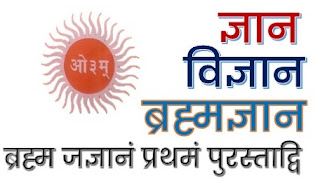WHAT IS MATTER?
The air around you, the water you drink, the food you eat, your own body, the stars, and the planets—all of these things are matter. There is clearly a huge variety of different types of matter, but it is all made of tiny particles called atoms, far too small to see. About ninety different kinds of atom join together in many combinations to make all the matter in the universe.
PARTICLES OF MATTER
Matter is made of atoms—but in many substances, those atoms are combined in groups called molecules, and in some they exist as ions: atoms that carry an electric charge. Both atoms and ions can bond together to form compounds.
Atoms and molecules
An atom is incredibly small: you would need a line of 100,000 of them to cover the width of a human hair. Tiny though they are, atoms are made of even smaller particles: protons, neutrons, and electrons. Different kinds of atom have different numbers of these particles. Atoms often join, or bond, in groups called molecules. A molecule can contain atoms of the same kind or of different kinds.
It’s a matter of water
Water is one of the most abundant substances on Earth. More than two thirds of the surface of Earth is covered by water. Animals contain lots of water, too—nearly two thirds of a cat’s mass is water, for example. Water is made up of H2O molecules, each made up of atoms of hydrogen and oxygen.
ELEMENTS, COMPOUNDS, AND MIXTURES
Everything around us is matter, but it is a bit more complex than that. Elements can exist on their own, but usually bond together chemically with other elements to form compounds or appear in mixtures (substances in which the “ingredients” are not chemically bonded, but simply mixed together). A mixture can consist of two or more elements, an element and a compound, or two or more separate compounds.
What’s what?
Everything can be sorted into different categories of matter, depending on whether it is a pure substance or a mixture of different substances. This diagram shows the main types.
Pure substances
Matter is pure if it is made of just one kind of substance. That substance can be an element or a compound. Diamond, a form of the element carbon, is a pure substance. So is salt (sodium chloride), a compound of the elements sodium and chlorine.
Elements
An element, such as gold, is a pure substance, made of only one kind of atom. Iron, aluminum, oxygen, carbon, and chlorine are other examples of elements. All elements have different properties, and are sorted into a chart called the periodic table
Compounds
A compound is a pure substance that consists of atoms of different elements bonded together. In any particular compound, the ratio of the different kinds of atoms is always the same. In salt there are equal numbers of sodium and chlorine atoms (1:1), while water contains twice as many hydrogen as oxygen atoms (2:1).
Stainless steel—an alloy of iron, carbon, and chromium—is a homogeneous mixture.
Homogeneous mixtures
In a homogeneous mixture, particles of different substances are mixed evenly, so the mixture has the same composition throughout. They can be solid (steel), liquid (honey), or gas (air).
Solutions
All homogeneous mixtures are solutions, but the most familiar are those where a solid has been dissolved in a liquid. An example is salt water—in which the salt breaks down into ions that mix evenly among the water molecules. In sugary drinks, the sugar is also dissolved—no grains of sugar float around in the solution.
The air in a balloon is a homogeneous mixture of several gases, mostly the elements nitrogen and oxygen.














.jpeg)
.jpeg)
.jpeg)
.jpeg)
0 टिप्पणियाँ
If you have any Misunderstanding Please let me know